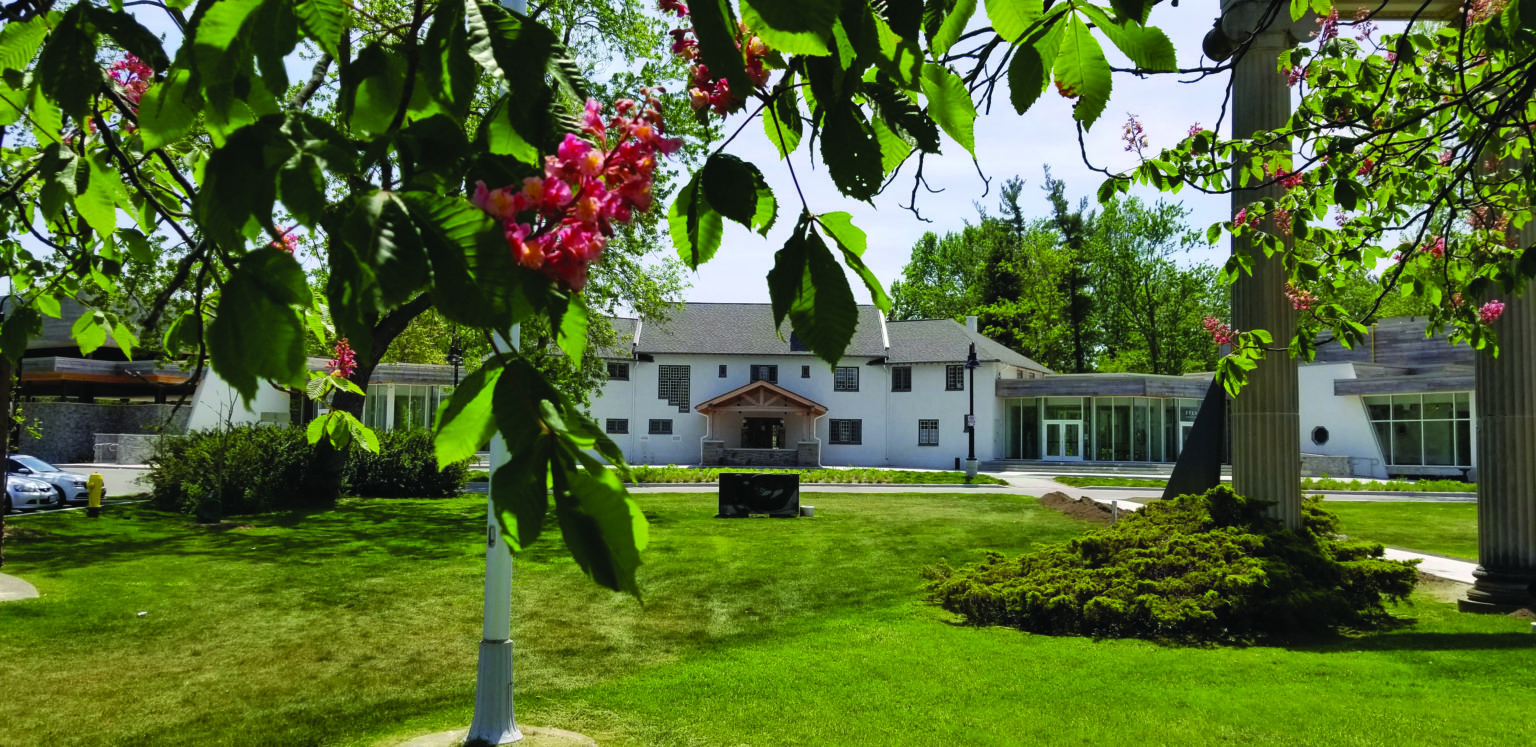Next Great Save: Sparking Heritage Excitement Nationwide
Launched on World Heritage Day, April 18, 2024, the Next Great Save competition, now in its second year, offered heritage sites a dynamic opportunity to secure conservation funding.
Competing for a $50,000 grand prize donated by Ecclesiastical Insurance, with $10,000 and $5,000 for second and third places, respectively, participants energized the nation. Public voting from April 18 to May 6, 2024, fueled the excitement, bringing significant benefits to contestants and raising heritage awareness across Canada.

Photo montage of all twelve competitors in the Next Great Save Competition
Highlighting Our History
Twelve finalists were selected for their ability to save their historic place, and address current issues like climate change, diversity, and inclusion, along with the contributions they make to their communities. The finalists were from across the country from Port au Port, Newfoundland to Qualicum Beach, British Columbia.
“Heritage conservation is about meeting the needs of communities today and tomorrow, not just preserving something that existed in the past” said Dr. Patricia Kell, Executive Director of the National Trust. “Through this competition, we help extend the life of these valued heritage places, and raise awareness of the social, environmental, economic and well-being benefits that they generate.”
Capturing National Headlines
The Next Great Save captured national headlines, sparking widespread awareness for heritage conservation. News outlets showcased the diverse historic sites vying for recognition, from quaint rural churches to grand urban edifices, each with a unique story. Teams were featured in interviews by major networks like CBC and National Post, as well as local outlets such as Timmins Today and Arichat Newspaper. Altogether, 153 stories across print, radio, TV, and online media highlighted the competition, captivating Canadians coast to coast.

Rallying Support
The competition injected new energy into heritage conservation, inspiring communities to rally through social media campaigns and local events. This grassroots advocacy not only increased awareness about the importance of preserving Canada’s heritage but also strengthened community bonds. The teams hosted Vote-a-thons, enlisted local politicians as spokespeople, and secured matching funds from donors to generate votes for the competition.

Promotional materials used by Roxy Theatre on Facebook

Photo: A Facebook post shared by Our Lady of Mercy Heritage Church of Tony Wakeham, their member of the legislative assembly, encouraging voter turn out for the competition.
“People voted from France to Honolulu”
The competition was thrilling, with several projects neck and neck in the public vote. Among the twelve finalists, the Our Lady of Mercy Heritage Church in Port au Port West, Newfoundland emerged as a standout story. Initially trailing, its supporters launched a vigorous campaign, calling on the Newfoundland diaspora across Canada and beyond. “People voted from France to Honolulu” says Joanne Rose, treasurer of Our Lady of Mercy complex committee. Their efforts paid off as the Painted Lady moved ahead in the final moments, clinching victory.
The Next Great Save competition not only provided crucial funding for heritage conservation but also united communities across Canada in a shared mission. By highlighting diverse historic sites and generating widespread media coverage, the event has highlighted Canadian’s deep rooted passion for preserving the nation’s cultural heritage.
Next Great Save Winners
Grand Prize ($50,000), donated by Ecclesiastical Insurance – Our Lady of Mercy Heritage Church, Port au Port West, NL
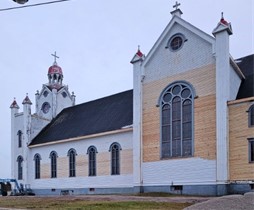
Photo from: Our Lady of Mercy Complex Committee
The Our Lady of Mercy Complex was built by local fishermen, farmers, and miners over a span of 14 years from 1911 to 1925. This monumental effort was entirely volunteer-driven, with Acadians, Mi’kmaq people, and locals working together. As the largest wooden structure in Newfoundland, the building was acquired by the Our Lady of Mercy Complex Committee in 2022. Their Next Great Save project aims to repair the exterior of the church building, preserving the rich history it carries.
2nd Place Prize ($10,000) – LaSalle Theatre, Kirkland Lake, ON
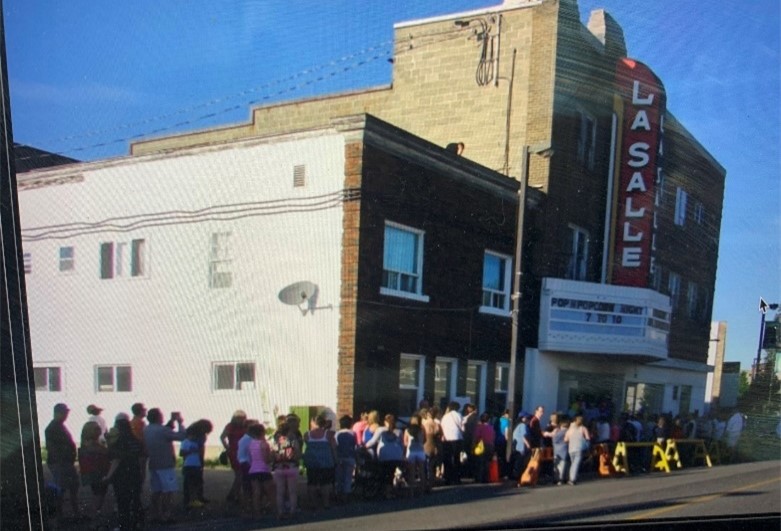
Photo from: Save the LaSalle
LaSalle Theatre, one of the few remaining intact Streamline Moderne Art Deco theatres in North America, opened in 1939 and now serves a burgeoning theatre company, offering a full movie schedule and various activities to an underserved corner of Northeastern Ontario. Restored in 2013 by SaveTheLaSalle, the theatre continues to thrive as a cultural hub. Current restoration efforts aim to return the building to its 1939 glory by restoring the roof and ceiling for safety and renting out two apartments and office space.
3rd Place Prize ($5,000) – Nanton Grain Elevator, Nanton, AB

Photo from: Canadian Grain Elevator Discovery Centre
The Nanton Grain Elevators, comprising the last three remaining row elevators in Nanton, form a significant historical site with five distinct structures. Among them are twin Alberta Wheat Pool elevators, an office building, a coal shed, a balloon annex, and a Pioneer elevator complex. The rail lands, which once occupied the space behind the elevators, dated back to 1896 as part of the Macleod subdivision, with the twin elevators erected in 1927 and the single one in 1929. Despite facing demolition, a group of concerned citizens rallied to save these prairie landmarks by purchasing them. Their collective aim is to attract visitors to the elevators, providing them with new experiences while safeguarding these valuable pieces of history.
Next Great Save Finalists
Cape Bear Lighthouse – Murray Harbour, PE

Photo from: Cape Bear Lighthouse
Cape Bear Lighthouse, operational since 1881, is undertaking efforts to rejuvenate their interpretation space and enhance accessibility to its premises. This involves relocating Marconi Hall, constructing a deck, installing an accessible ramp, and creating walking paths to facilitate movement around the site. The aim is to make the historical space more inclusive and engaging for visitors while preserving its rich heritage dating back to the late 19th century.
Cité-des-Hospitalières – Montréal, QC
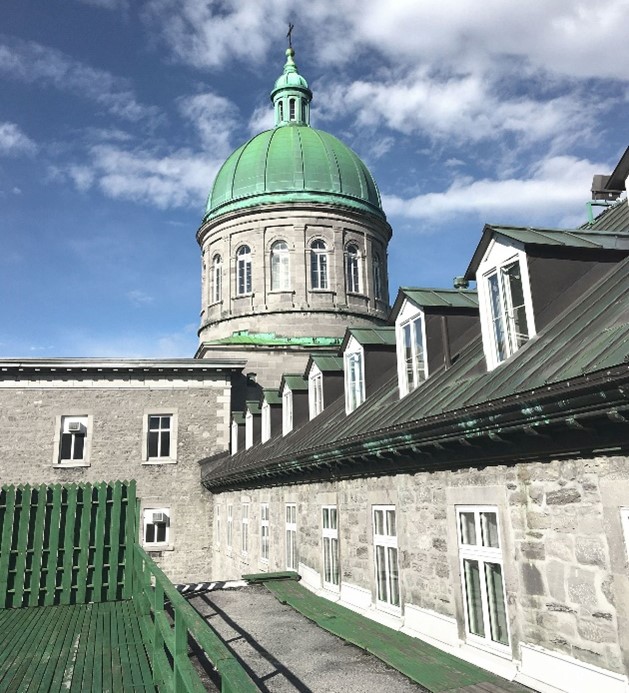
Photo from: Entremise
Cité-des-Hospitalières is a project at the center of Montreal that embodies the spirit of serving the community it operates in. This historic complex has represented the values of the Religious Hospitallers of St. Joseph since 1860. The revitalization of Cité-des-Hospitalières signifies an innovative approach to socio-ecological transition by reusing existing spaces and promoting diversified occupancy. This strategy not only minimizes the hospital’s environmental footprint but also strengthens the social fabric of the community.
Greenly Island Houses – Blanc-Sablon, QC
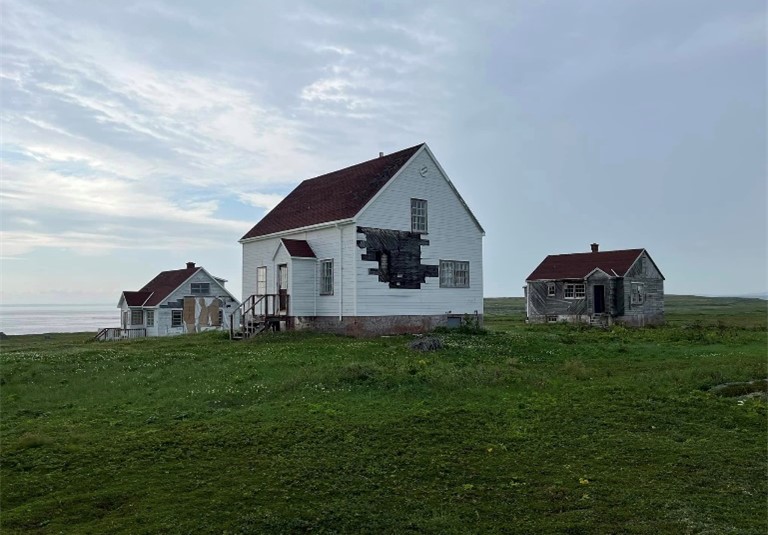
Photo from: Corporation de l’île Greenly
Greenly Island is home to two weathered lighthouse keeper houses that witnessed a monumental moment in history when the Bremen airplane made its groundbreaking landing on April 13, 1928, marking the first successful eastward transatlantic flight. The Greenly Project aims to restore and preserve these historic lighthouse keeper houses, transforming them into accommodations and an interpretive space that celebrates the island’s rich maritime and aviation history.
Mon Keang – Vancouver, BC
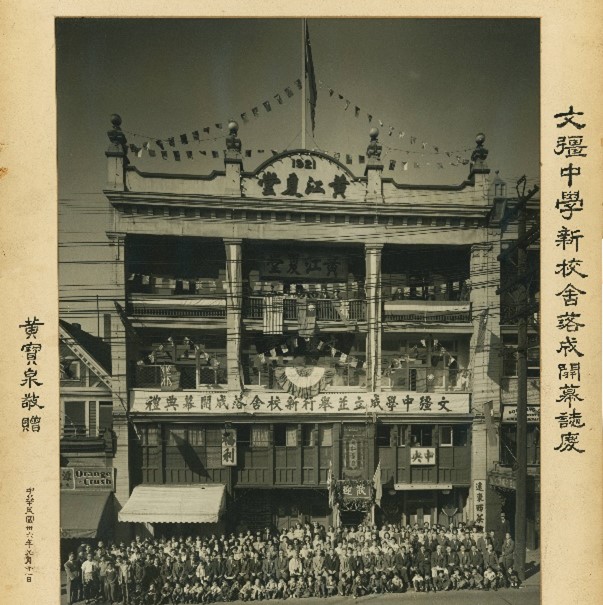
Photo from: Mon Keang School, Wongs’ Benevolent Association
Mon Keang School, established in 1925, is located on the third floor of the historic Wongs’ Benevolent Association Building in Vancouver’s Chinatown. As the first school to provide a full Cantonese secondary education, Mon Keang has played a crucial role in preserving the Cantonese language. Heritage restoration efforts for Mon Keang include fixing the deck, replacing plumbing fixtures and floor surfaces, updating bathroom tiles, and replacing lighting with period-appropriate schoolroom lights and LED fixtures.
Old St. Thomas Church – Moose Factory, ON
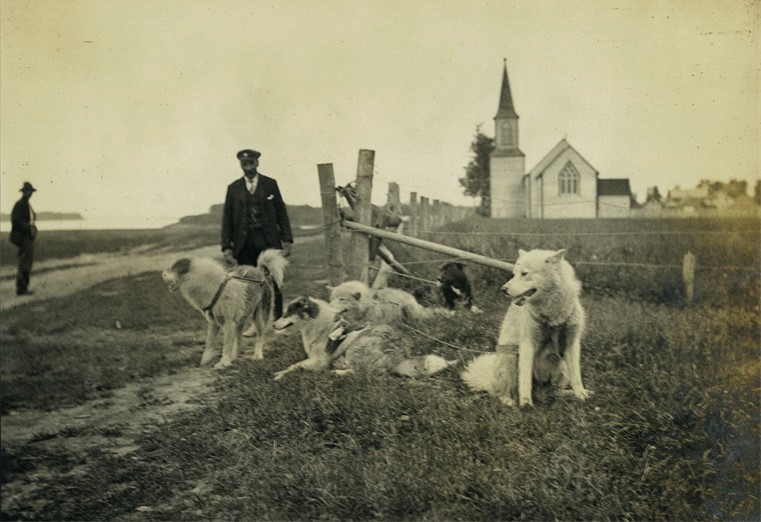
Photo from: Moose River Heritage and Hospitality Association
Constructed circa 1856 by Hudson’s Bay Company craftsmen in collaboration with Cree artisans, the Anglican church stands upon an ancient summer gathering spot situated within the broader territory of the Môsonîwililiwak people. After being deconsecrated in 2006, the St. Thomas Restoration Committee has set forth plans to repurpose the building into a multi-use community center that integrates both new and traditional functions. This initiative aims to foster holistic community development by offering programming geared towards strengthening families, culture, arts, and language, thereby preserving the church’s historical significance while serving the evolving needs of the community.
Roxy Theatre – Coleman, Municipality of Crowsnest Pass, AB
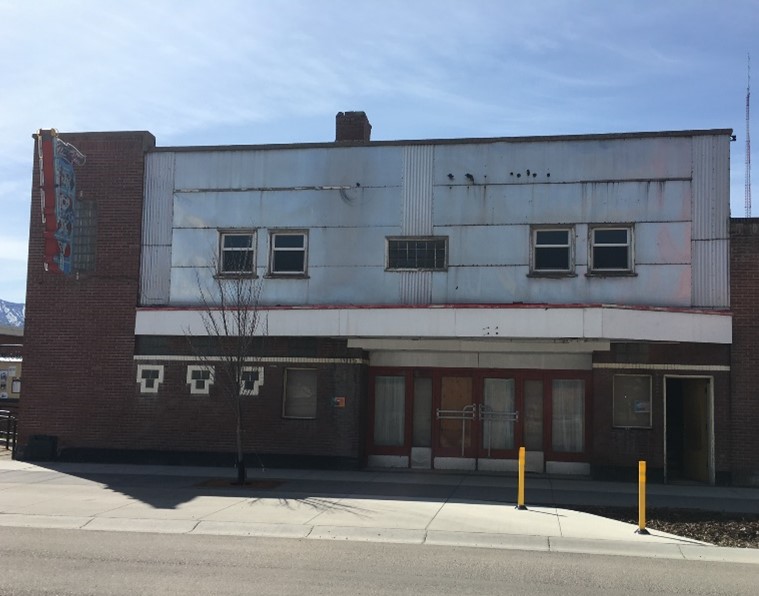
The Roxy Theatre, erected in 1948 on Coleman’s main street, emerged as a vibrant hub for entertainment following the destruction of the original opera house in a fire. Renowned for its impeccable acoustics and timeless design, the Roxy stands as one of only three surviving Quonset style theatres in Canada. The project aims to refurbish this historic landmark into a multi-use community performing arts center, accessible to the public and managed as a social enterprise.
St. Andrew’s Lodge – Qualicum Beach, BC

Photo from: St. Andrews Lodge Historical and Cultural Society
Constructed in 1938 on waterfront property, St. Andrews Lodge exemplifies the Arts and Crafts architectural style and has been a cornerstone of the tourism industry for over 80 years. Its rich heritage is evident in features such as old-growth cedar wainscoting, a natural river rock fireplace, hand-hewn wood beams, and floors made of clear old-growth fir. The lodge is poised to undergo a transformation into a vibrant community hub for arts, culture, and nonprofit activities.
St. John’s Centre for the Arts – Arichat, NS
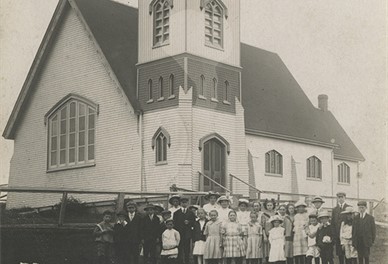
Photo from: Friends of St. John’s Arichat
Deconsecrated in 2014 and left vacant, the historic building erected in 1895 found new purpose when the Friends of St. John’s Arichat assumed ownership in 2018. The group is repurposing the space as a Centre for the Arts, while preserving the unique heritage value of this building. Current restoration efforts entail comprehensive refurbishments, including repairs to the roof, replacement of windows, and restoration of the bell tower entrance.
Welland Central Fire Station – Welland, ON
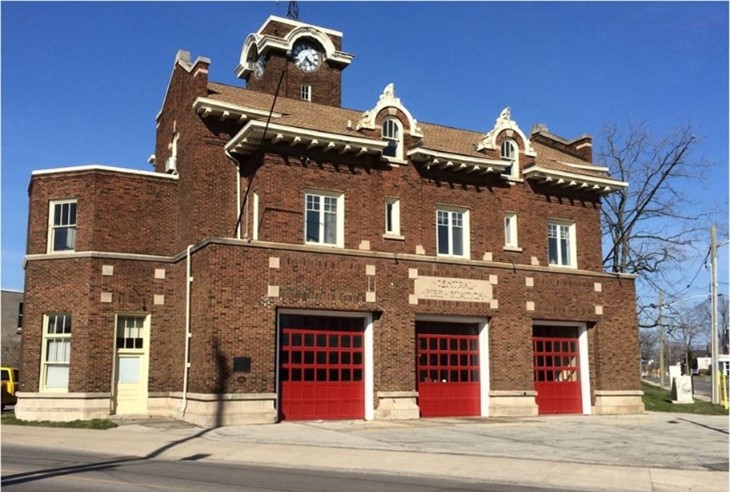
Photo from: Central Station Education Initiative
This iconic Edwardian Classical style building stands as a testament to the architecture of the 1920s era, serving as one of the last remaining fire stations from that time, complete with its original equipment, fire poles, and vintage fire trucks including the 1926 Gotfredson Bickle and 1957 LaFrance pumpers. Operating as an active fire station for nearly a century, the building was designated under the Ontario Heritage Act in 1993. However, it ceased operations as a fire station in 2006. The restoration efforts entail transforming the space into a multi-use community hub, rental spaces and housing the Fire Service Museum.

